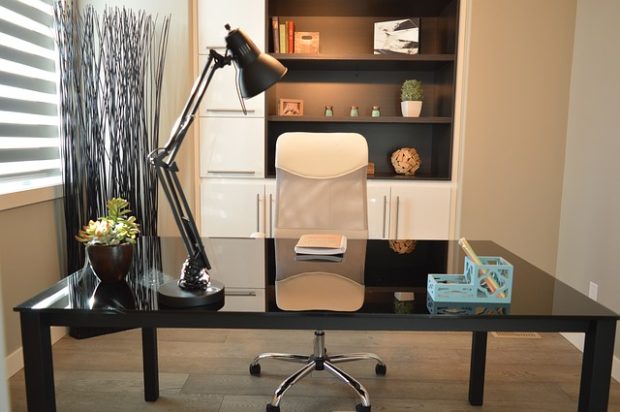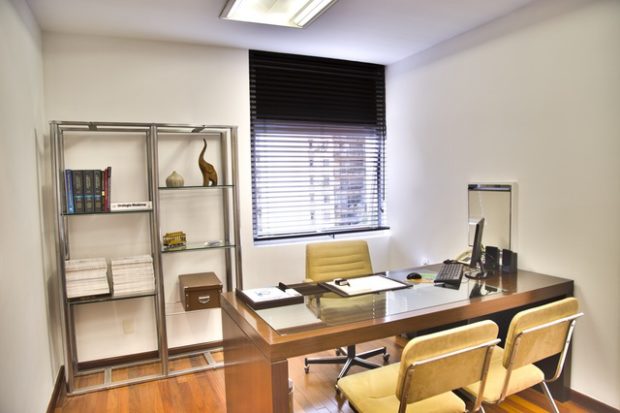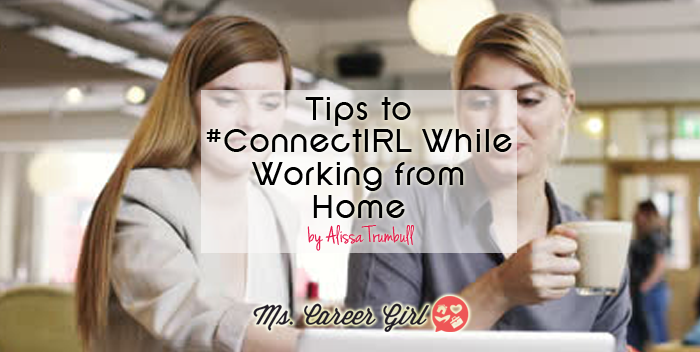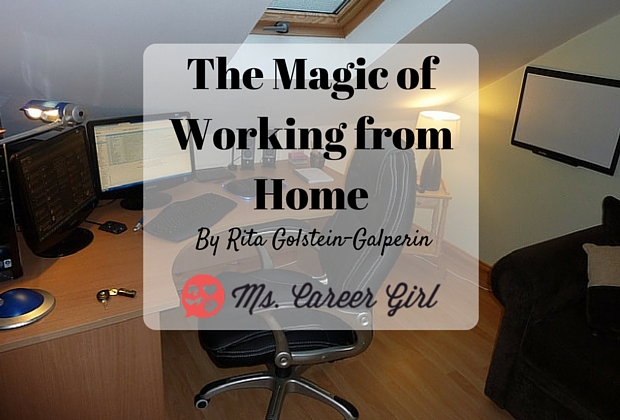Minimalism vs Maximalism: Which Style Suits Your Home Office?

Creating a home office isn’t just about functionality – it’s about crafting a space that inspires productivity, aligns with your personality, and sparks creativity. In the realm of design, minimalism and maximalism stand as two distinct philosophies that cater to different tastes and lifestyles. Both approaches have their merits and understanding them can help you decide which style is perfect for your home office.
The Allure of Less is More
Minimalism is the art of simplicity. Rooted in the mantra “less is more,” this style emphasises clean lines, uncluttered spaces, and a neutral palette. Minimalist home offices often feel serene and sophisticated, providing an ideal environment for focus and clarity.
A minimalist design typically revolves around functionality. Every piece of furniture and decor has a purpose. A sleek desk, an ergonomic chair, and a carefully chosen lamp might be all you need. The emphasis on decluttering not only reduces visual distractions but also fosters a calm, organised atmosphere.
Neutral colours dominate minimalist spaces – think whites, greys, and beiges. These shades reflect light and create an open, airy feel, even in smaller rooms; using them strategically on your walls and even your floors – think white vinyl flooring. Storage solutions are usually cleverly integrated, such as hidden compartments or floating shelves, ensuring the space remains free of clutter.
Why Choose Minimalism?
Minimalism is ideal if you thrive in a clean, distraction-free environment. It’s particularly beneficial for professions that require deep concentration, such as writing or coding. Additionally, if you’re working with a small space, a minimalist design can make your home office feel larger and more open.
However, some people might find minimalism too sterile or impersonal. If you prefer a space that reflects your personality or tells a story, maximalism might be a better fit.
The Charm of Clutter
On the opposite end of the spectrum lies maximalism – a celebration of abundance and individuality. Maximalist design is all about bold colours, patterns, and textures. It’s a style that invites you to surround yourself with items that inspire and delight you, from statement furniture pieces to eclectic art collections.
A maximalist home office is a canvas for self-expression. Walls might be adorned with vibrant wallpaper, shelves lined with books and trinkets, and the desk topped with a mix of plants, framed photos, and quirky desk accessories. The result is a space brimming with personality and energy.
Colours play a central role in maximalism. Jewel tones, rich hues, and contrasting shades create a dynamic and visually stimulating environment. Patterns – whether on rugs, parquet flooring, curtains, or upholstery – add another layer of interest. Yet, successful maximalism requires balance; it’s about curated chaos rather than outright clutter.

Why Choose Maximalism?
Maximalism is perfect for those who draw energy and inspiration from their surroundings. If you’re in a creative field-like design or marketing, a maximalist home office can fuel your imagination. It’s also ideal if you have a large space and want to make it feel cosy and lived in.
However, maximalism might not be suitable for everyone. The abundance of visual elements could be overwhelming for those who prefer a quieter environment.
Finding Your Style
Choosing between minimalism and maximalism for your home office depends on your personality, work habits, and available space. To make the decision easier, consider the following questions:
What inspires you?
Do you feel more productive in a clean, serene space, or does a room filled with vibrant colours and cherished items boost your creativity?
How much space do you have?
If your home office is small, minimalism can help make it feel larger. Conversely, a larger space can accommodate the layered look of maximalism.
What’s your work style?
If you need a calm environment to focus, minimalism might be the way to go. If your work thrives on visual stimulation, maximalism could be a better fit.
Do you enjoy decorating?
Minimalism requires restraint and a focus on functionality, while maximalism allows for more freedom to experiment and highlight your personality.
Blending the Two
If you find yourself drawn to elements of both styles, consider blending minimalism and maximalism to create a hybrid design. For instance, you might start with a minimalist foundation – clean lines, neutral colours, and functional furniture – and add maximalist touches, such as a bold rug, vibrant artwork, or a statement chair.
The key to successfully merging these styles is balance. Choose one as the dominant theme and use elements of the other as accents. For example, a predominantly minimalist home office with a gallery wall of colourful prints can strike the perfect harmony between simplicity and personality.




